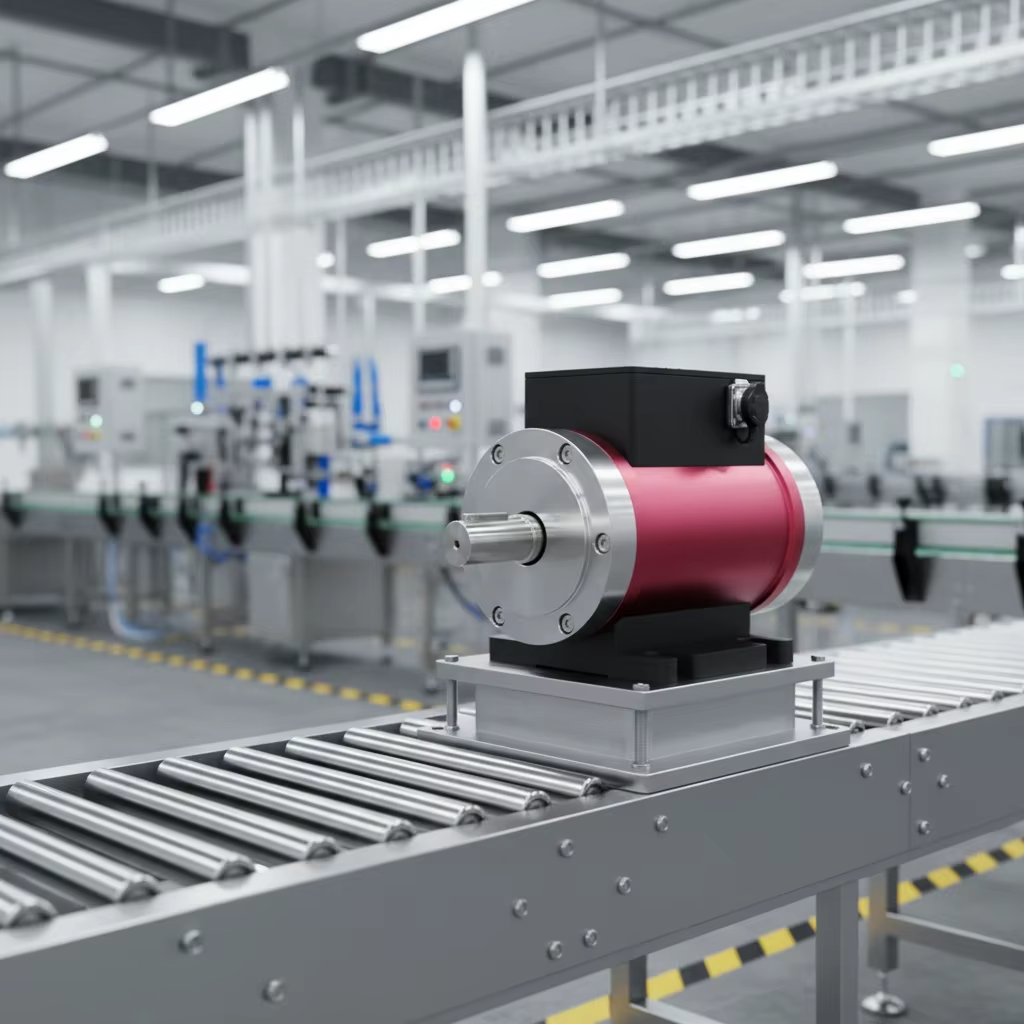
Understanding torque sensor output signals is fundamental for engineers and technicians working with precision measurement systems across industrial applications. Torque sensors convert mechanical torque into electrical signals that can be measured, ...
VIEW MORE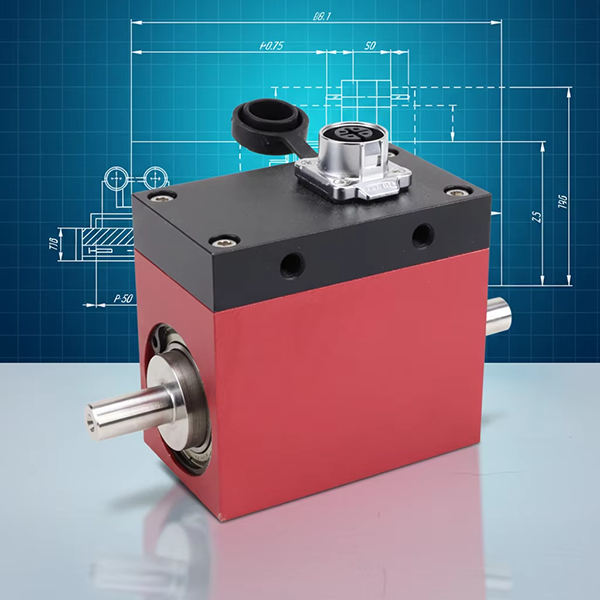
Dynamic torque sensors use the principle of strain electrical measurement to convert the deformation caused by torque into electrical signals, thereby enabling accurate measurement of torque in rotating power equipment. A dynamic torque sensor, also ...
VIEW MORE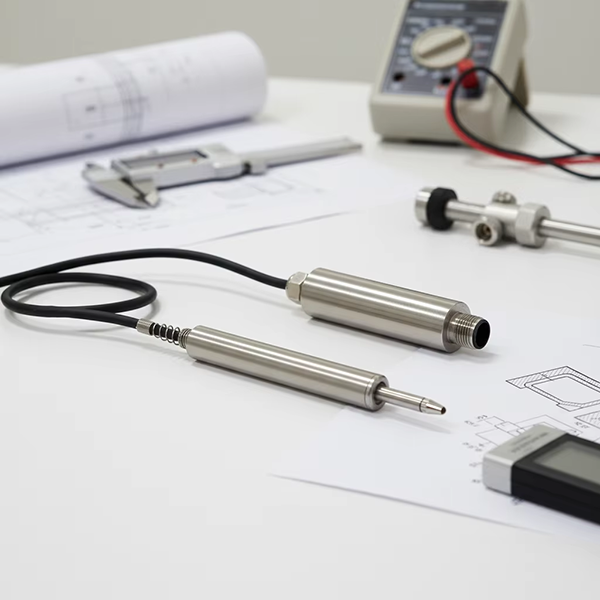
As we step into 2026, the industrial world is buzzing with anticipation about the trajectory of Linear Variable Differential Transformer (LVDT) sensors. These precision instruments, long revered for their accuracy in measuring linear displacement, ar...
VIEW MORE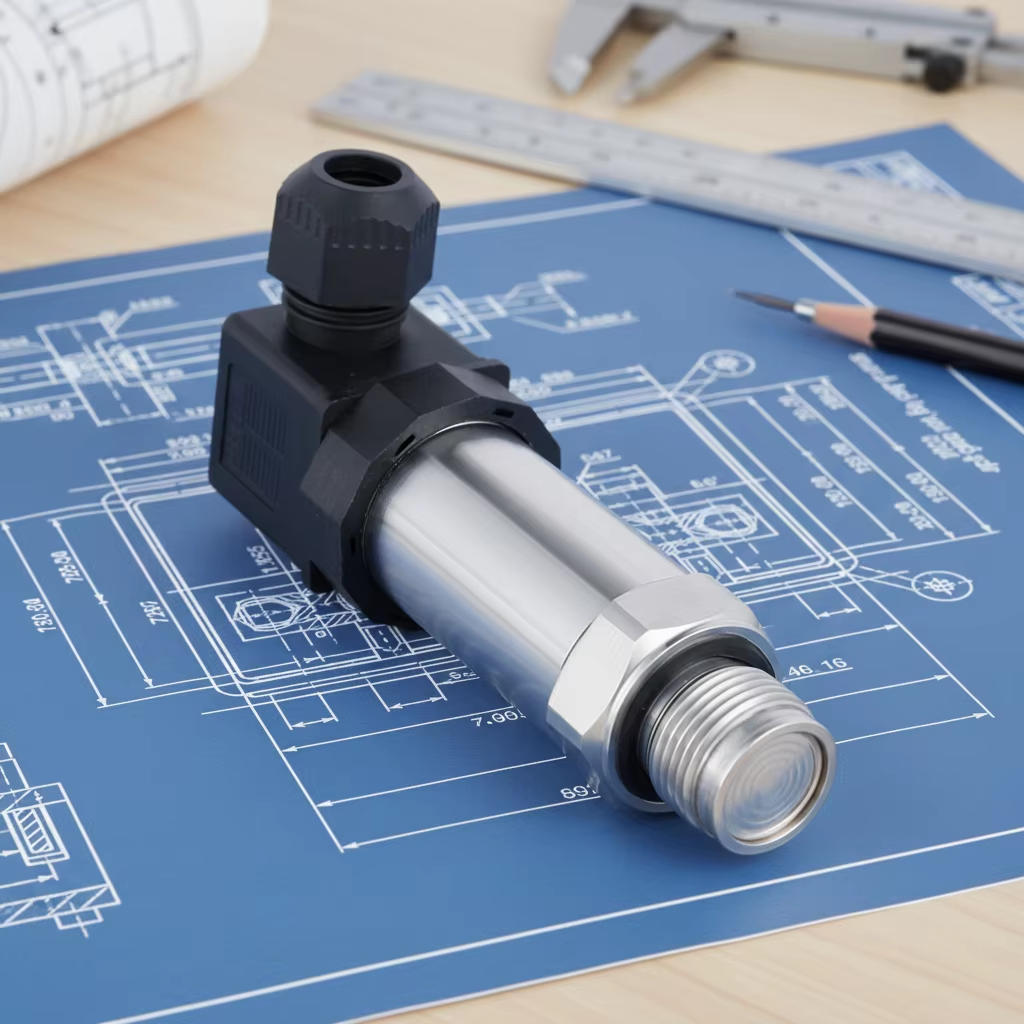
Pressure sensors are critical components in countless industrial applications, from manufacturing processes to environmental monitoring systems. Ensuring these devices maintain their accuracy over time requires a systematic approach to pressure senso...
VIEW MORE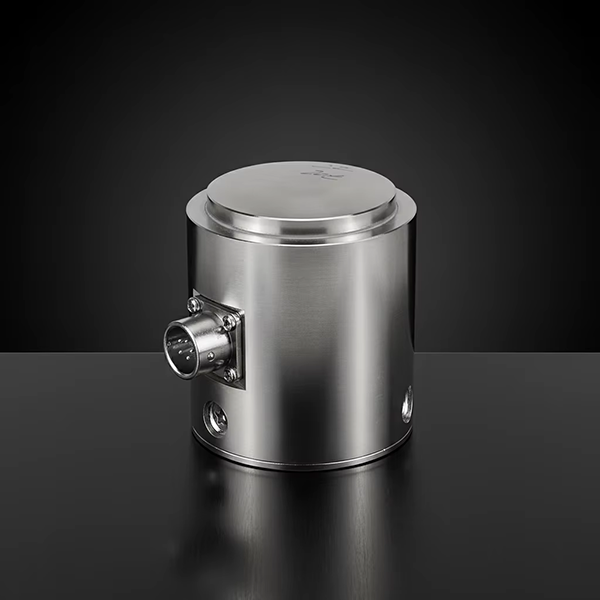
Column type load cells are precision sensors that convert mechanical force into electrical signals, primarily used for measuring compression loads. Here's a breakdown of their technology: Core ComponentsStrain Gauges: Thin metal foil patterns b...
VIEW MORE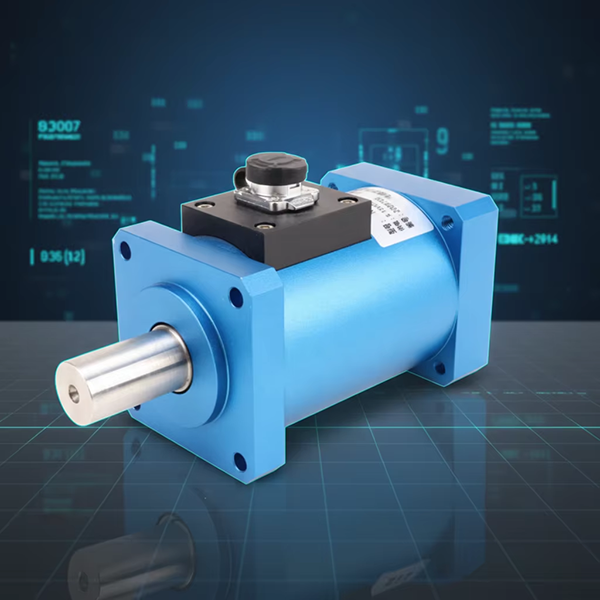
With 2026 fast approaching, the dynamic torque sensor field is undergoing a significant transformation, fueled by the interplay of technological progress and market pressures. From my work in industrial automation and robotics, I’ve seen firsth...
VIEW MORE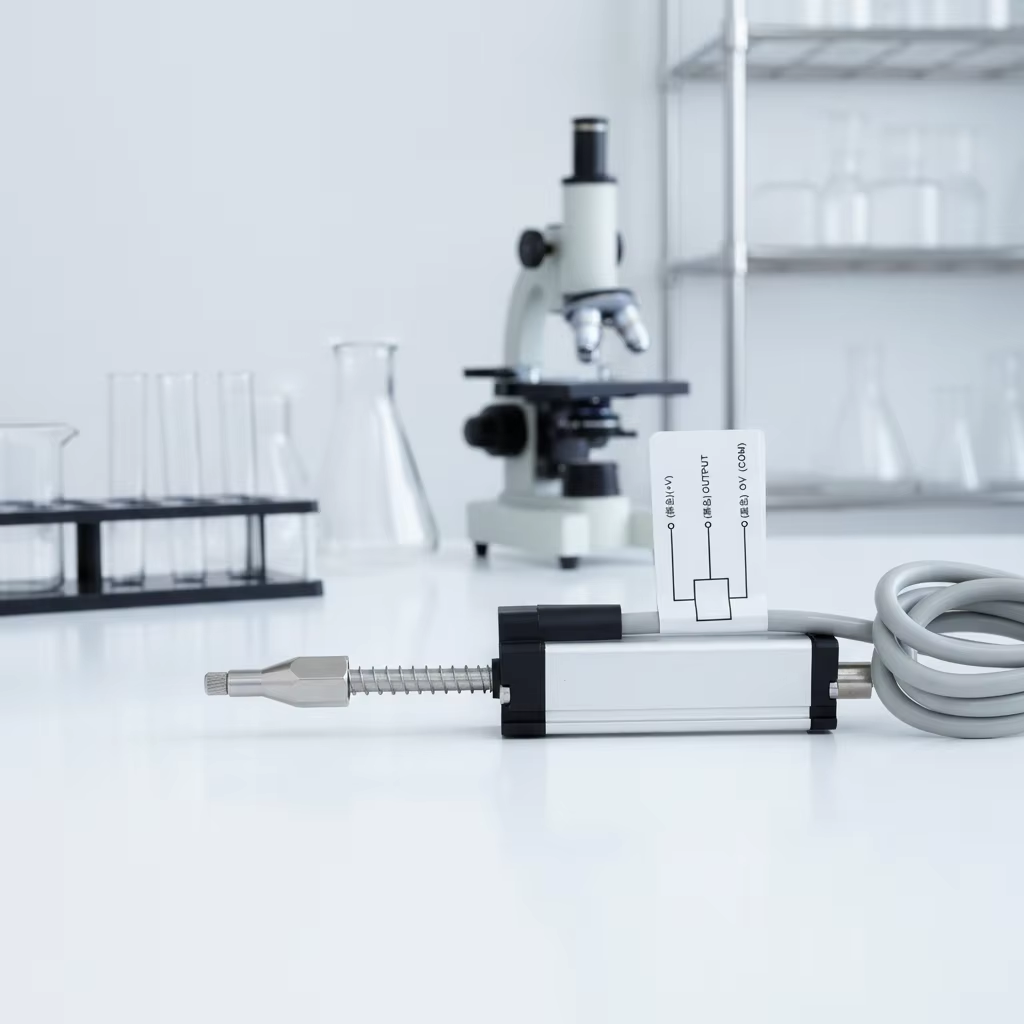
Industrial environments present unique challenges that demand robust measurement solutions capable of withstanding extreme conditions. When precision positioning and accurate displacement measurement are critical, engineers must carefully evaluate wh...
VIEW MORE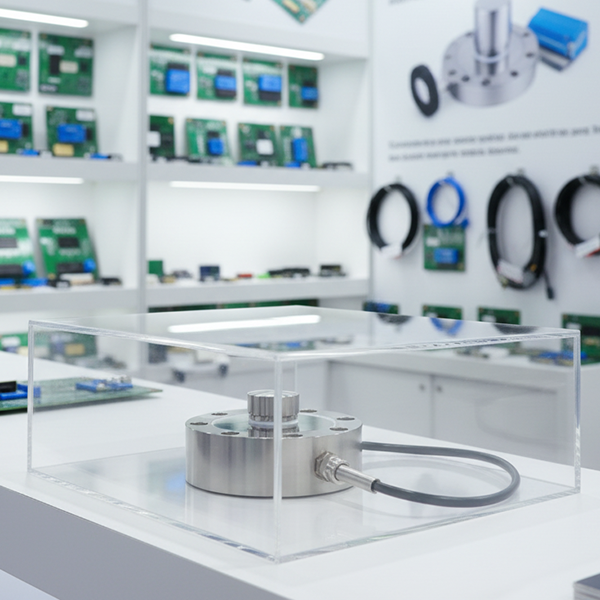
Whether you're in logistics, manufacturing, or agriculture, you've probably faced the dilemma of selecting the right spoke type load cell. These devices are indispensable for accurate weight measurement in scenarios like truck scales, industrial auto...
VIEW MORE
Mounting a draw wire sensor requires careful consideration of environmental factors, mechanical stress points, and installation best practices to ensure reliable long-term performance. These precision measurement devices translate linear displacement...
VIEW MORE
With 2026 on the horizon, advancements in precision measurement technology are reshaping industrial workflows. Draw wire displacement sensors are emerging as key players, quietly enhancing how linear motion is monitored in everything from heavy equip...
VIEW MORE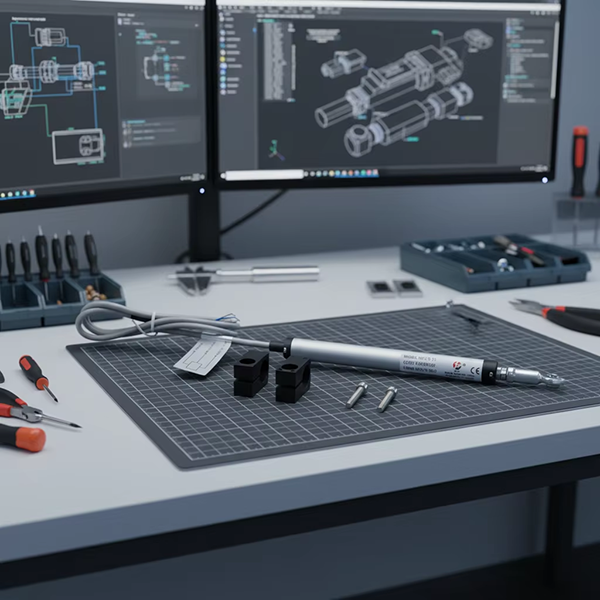
In the world of industrial automation and precision engineering, choosing the right linear position transducer can make or break a project. Jiangxi SOP Precision Intelligent Manufacturing Technology Co.,Ltd. is a professional manufacturer and high-te...
VIEW MORE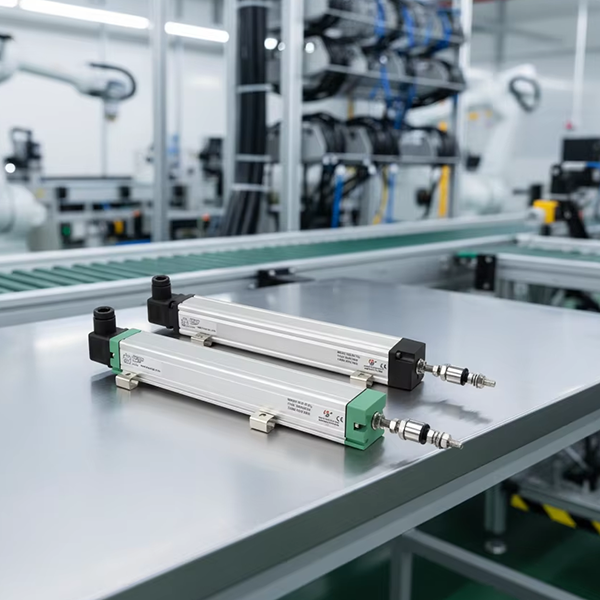
When I first started working in industrial automation, I was fascinated by how machines "knew" their exact position with pinpoint accuracy. Over time, I realized that behind this magic lies a unsung hero: the linear displacement sensor. These devices...
VIEW MORE